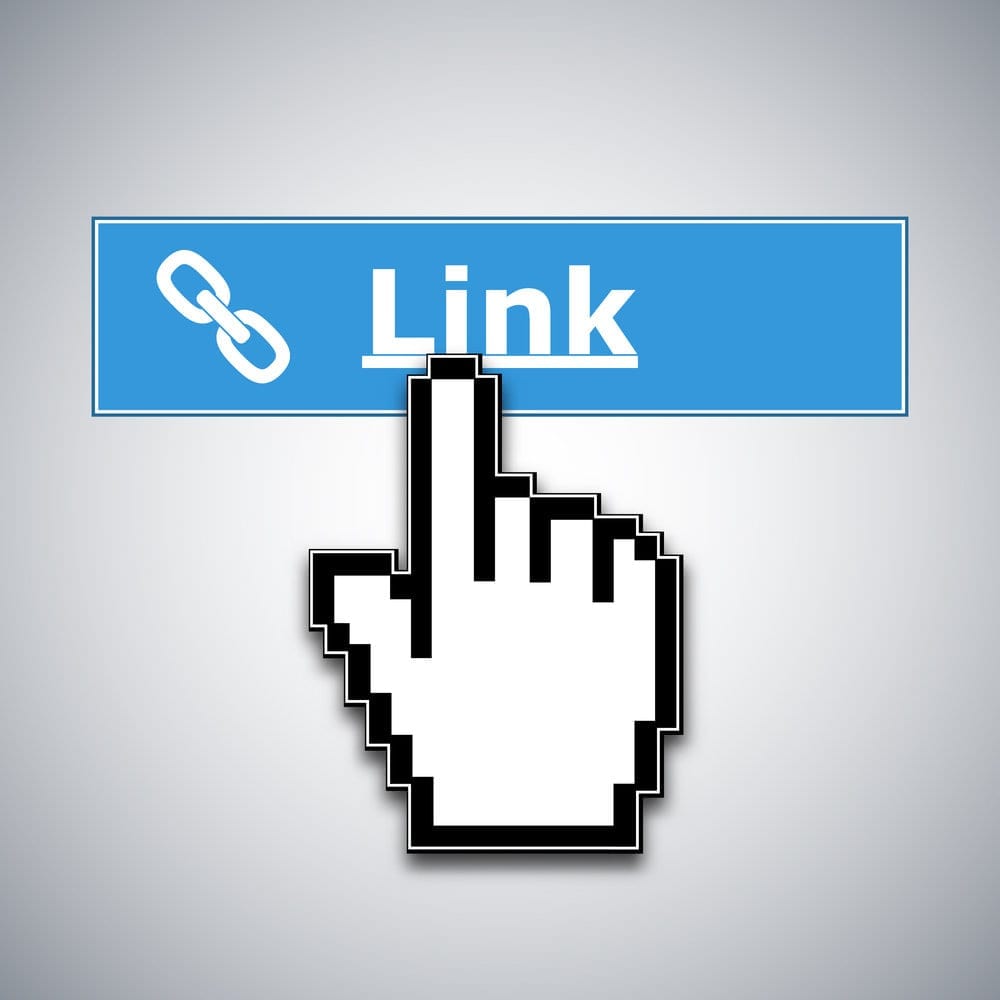With all the talk about inbound links, it’s easy to forget about the importance of on-page SEO and how it cannot only help you to rank but can be more important than link building. Especially for larger websites that have many pages and inbound links to those internal pages, knowing how to pass the benefit to the correct pages is vital.
After all, a link from one internal page to another is no different to an external link. In either case, you are passing Page Rank or ‘link juice’ from one URL to another, which will help to boost it up the SERPs so that you can rank higher for the keywords you’re targeting.
What is an Internal Link?
An internal link is very simply a link from one page to another where both pages are on the same root domain, even if they are on different subdomains. An example of this might be a link from your homepage to a sales page, or from one blog post to another blog post.
How Should You Use Internal Links?
Internal links should ideally be used in the same way that you would want an outbound link to be used, pointed to a relevant page that you want to rank for a chosen keyword. There is little benefit of internally linking to pages that you don’t want to rank for any keywords. Instead, you can direct them to a page that you are struggling to rank.
Of course, internal links should obviously be used to help to direct users to pages that might be helpful or interesting to them, but outside of this, the main benefit is to increase the rankings of your pages.
The Impact of Internal Links
In many cases, a few internal links from pages with many incoming backlinks can have a serious impact on the rankings of the URL receiving the inbound backlinks. As with an external backlink, the impact will be dependent on the relevancy of the link, as well as the Page Rank of the URL that is pointing to the other page.
According to the original Page Rank formula, which has likely been altered but still relies on the same principle, the Page Rank of one page is passed to the linked pages in equal proportions. For example; a URL with a PR of 0.2 and five links on it will pass 0.04 to each of them.
Of course, this a hypothetical example, and the numbers are meaningless, but the principle should be clear. However, updates in recent years are likely to mean that what is passed is altered by a ‘modification’ engine that will increase or decrease it depending on the relevancy of the links.
Getting the Most from Your Internal Links
To get the most out of your internal links you need to keep a close eye on the links that you are using as well as the anchor text. To do this, you can use Google Webmaster Tools Search Console, where you can get a list of the internal links on your website.
To get the greatest benefit, you should be linking to the pages that you want to rank from as many relevant URLs as possible. All of these will pass the benefit to the receiving page and can help it to rank. In most cases, you will want to be linking to the most competitive pages because these are likely to be the most profitable keywords that you are struggling to rank for.
When it comes to the anchor text that you are using, there is some evidence from a study by Hobo Web to suggest that Google does pay attention to the anchor text used on internal links. However, some SEO’s argue that they don’t have the same strict thresholds as for inbound external backlinks.
For this reason, it’s smart to use similar anchor texts as you would for external links, but you can probably be more liberal with the use of partial and exact match anchor texts, especially because URL and branded anchors would be odd.




